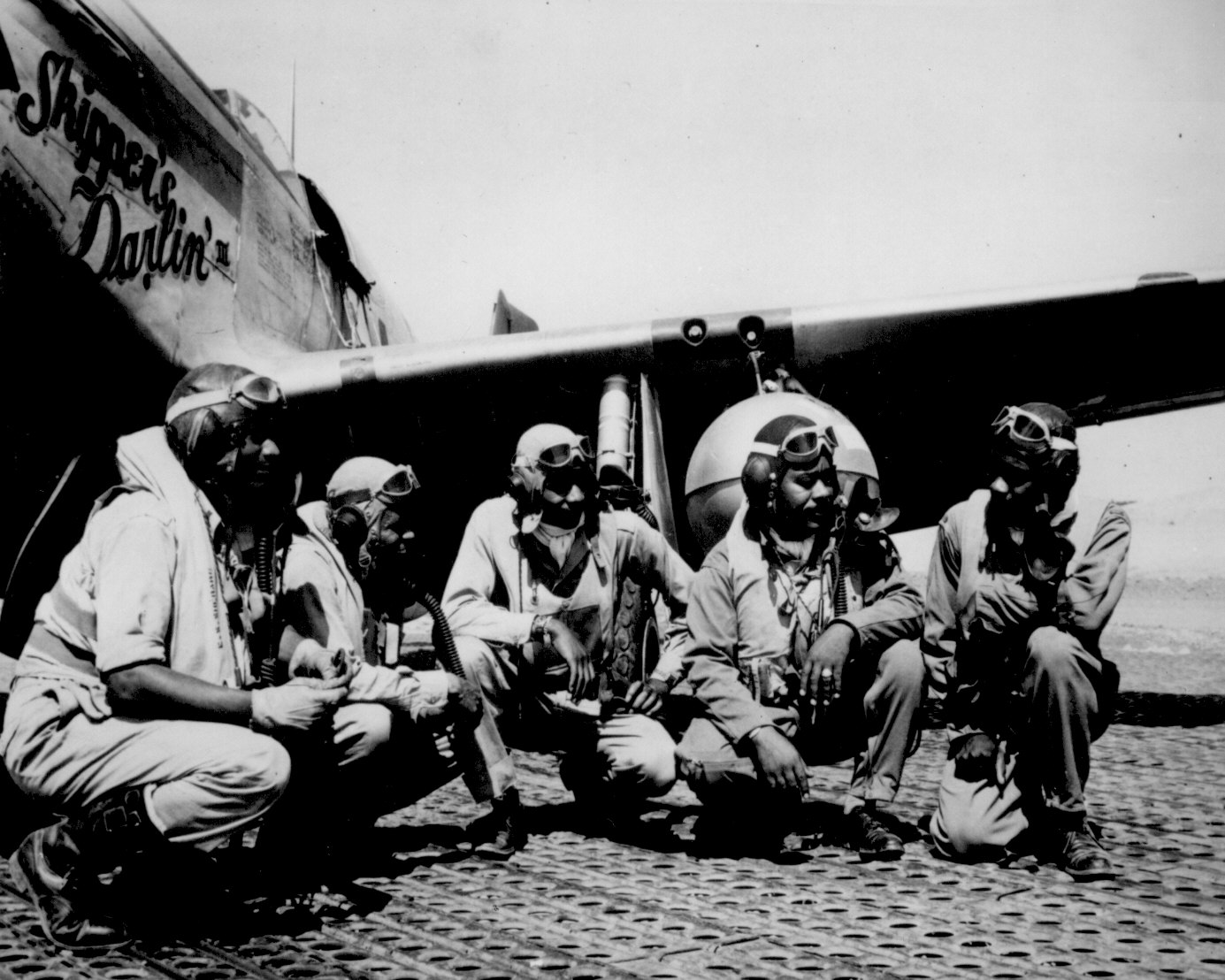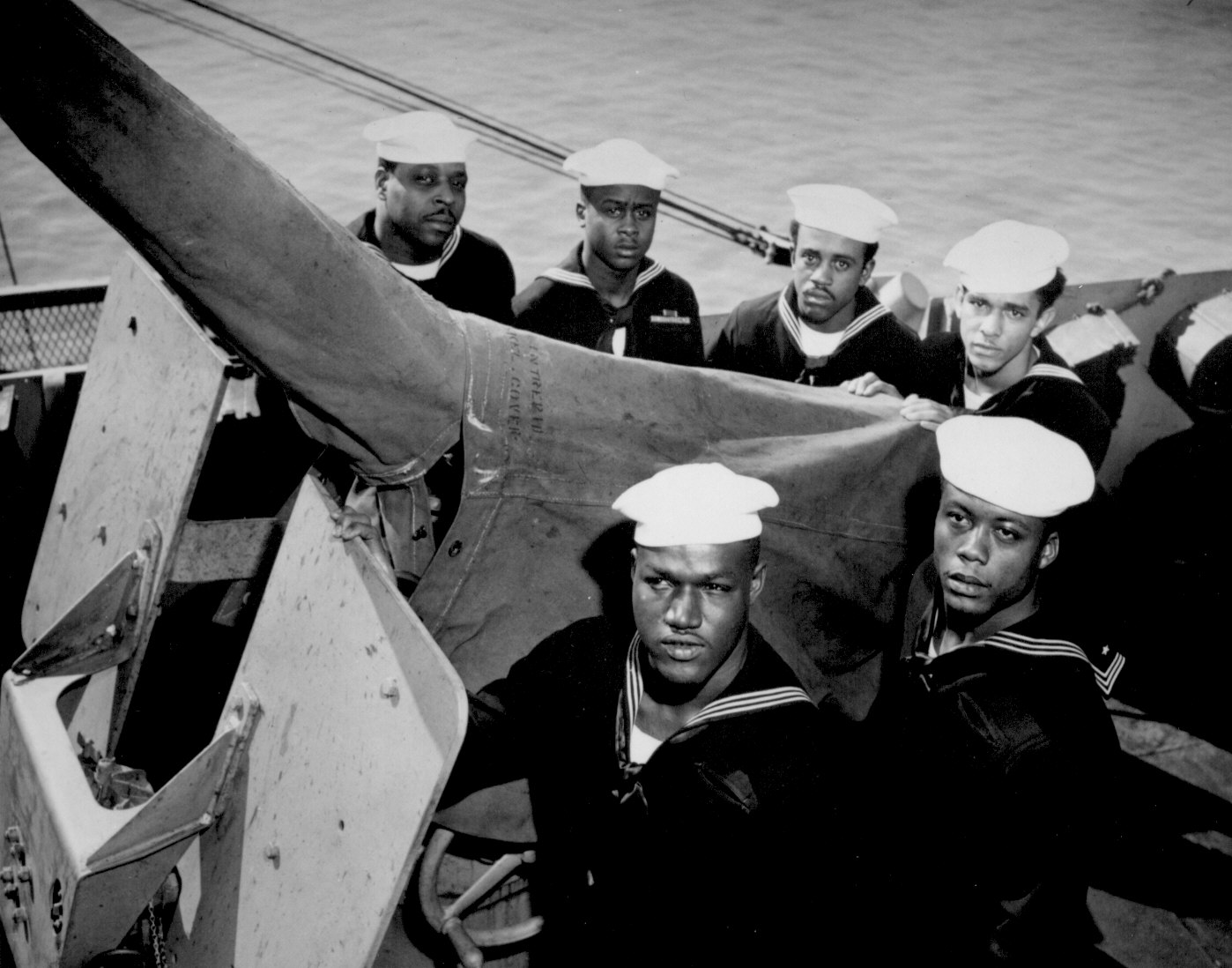1. Analyze the above war posters aimed at women, then answer the following questions:
- Which poster did you find most appealing? Why?
- What messages do the posters seem to send to women at this time?
- Did any of the posters seem sexist to you? Why or why not?
- What new opportunities were created for women during WWII?
2. Read about Women Aviators in World War II: "Fly Girls",
then answer the following questions:
- What were your reactions to finding out that women worked as pilots during World War II?
- Why do you think the WASPs were not granted official military status?
- What is your opinion of the WASP program?
From 1941 to 1944, the number of working women in America increased from 14.6 million to 19.4 million. Before World War II, women held positions as secretaries; domestic servants; teachers; and clothing or textile workers. As men went to war, women moved into higher-paying positions in the automotive and steel industries. Others worked for aircraft and ship builders. About 350,000 women served in the U.S. military.1
Many women signed on to become pilots for the U.S. Army Air Force (AAF). Jacqueline Cochran, one of America's leading aviators, directed the Women's Flying Training Detachment (WFTD), which merged with Nancy Love's Women's Auxiliary Ferrying Squadron (WAFS) to become the Women Airforce Service Pilots (WASPs).
The vigorous training program demanded 200 hours of flight instruction and 400 hours of ground school. More than 25,000 women applied for the program. Only 1,830 were accepted; 1,074 graduated and became pilots. The WASP program selected the best and brightest women, and trained them to become aviation leaders.
In 1941, aircraft production more than doubled, and the AAF needed pilots to ferry planes from factories to Air Force bases around the world. They needed pilots to tow targets and test new aircraft. The WASPs were just the pilots for the job.
While the program ceased operation on December 20, 1944, it opened up a whole new world of opportunities for women in aviation. The WASPs made important contributions to World War II and enhanced careers for women aviators.
1 Cayton, Andrew, et al, America: Pathways to the Present (Upper Saddle River, NJ: Pearson Education, 2005), 827, 860-61.
African-Americans During the War:
3. Watch the PBS video "African American Troop Training." Copy down FIVE FACTS as you watch, AND write a brief (2-3 sentences) reaction/opinion of the video.
4. Read General Benjamin O.
Davis’s memo to the War Department (below), and answer the following questions.
Some answers are found within the text; other answers require you to analyze
the text and use your knowledge of the time period. If you use quotations, be sure
to put quotation marks around them.
- What is General Davis’s impression of the African American (“colored”) officers and soldiers in the north and northeast versus the African American officers and soldiers in the southeast? To what does the general ascribe the differences?
- What evidence is there that African American troops want to enter combat against the enemy?
- What are some overall concerns the general has regarding African American troops, all across the United States?
- What solutions does the general suggest for increasing the morale and safety of African American troops?
- What does he suggest for himself?
- What do you think was the result of the general’s memo? Was it effective? How can you find out?
- Do African Americans and other minorities in positions of power have a responsibility to campaign for minority rights, as the general did in his memo? Why or why not?
War Department
Office of the Inspector General
Washington
9 November 1943
Washington
9 November 1943
MEMORANDUM FOR GENERAL PETERSON.
1. During the last two months I have, with Mr. Gibson, the Civilian Aide to the Secretary of War, visited the colored troops at the following stations: Fort Devens, Massachusetts; the New York Port of Embarkation (New York City, Brooklyn, Camp Shanks and Mitchel Field, New York; Camp Kilmer and Fort Dix, New Jersey), Selfridge Field and Oscoda, Michigan. During 1941, 1942, and the early part of this year, my visits were made to the stations located in the southeastern states, Indiana, Kentucky, Missouri, Oklahoma, Texas, Arkansas, Arizona, and Illinois.
2. I have reviewed inspection reports and investigations made by other inspectors general from this office and the field. I was deeply impressed with the high morale and attitudes of the colored officers and soldiers stationed in the states visited in the past two months. They were so different from those of the colored officers and soldiers at the stations located in the Southern states. While there has been an improvement in general conditions, there is still great dissatisfaction and discouragement on the part of the colored people and the soldiers. They feel that, no matter how much they strive to meet War Department requirements, there is no change in the attitude of the War Department. The colored officers and soldiers feel that they are denied the protection and rewards that ordinarily result from good behavior and proper performance of duty.
3. Colored combat units, upon completion of training, have not been sent to theaters of operations. The enlisted personnel of two battalions of Field Artillery has been recently transferred to service units. The War Department, through Assistant Secretary McCloy, has stated that this was directed by military necessity. Somebody in the Department permitted this situation to develop. The personnel transferred from these Field Artillery units is reduced in morale. The commissioned and enlisted personnel left with the Field Artillery units can only look forward to another period of from 14 to 16 months of preparation. They can hardly hold out much hope for an opportunity for combat.
4. The 93rd Division has about completed the prescribed training. The disposition of this Division in the near future will have a great effect on the morale of the colored people. In the activation of new colored units, few commanding officers, if any, have been selected from the colored field officers. Some of those colored field officers have completed the courses at the service schools and have been serving in their present grades for long periods.
5. The press news items and reports of investigations show that there has been little change in the attitudes of civilian communities in Southern states. The colored man in uniform receives nothing but hostility from community officials. The attitude is still that of the Governors of six Southern states reported by General Cooke as a result of his inspections, 18 May to 20 June 1942. The colored man in uniform is expected by the War Department to develop a high morale in a community that offers him nothing but humiliation and mistreatment. Military training does not develop a spirit of cheerful acceptance of Jim-Crow laws and customs. The War Department has failed to secure for the colored soldier protection against violence on the part of civilian police and to secure justice in the courts in communities near-by to Southern stations. In the areas recently inspected, the colored soldier feels that he can secure justice in the civil courts. He has not been set upon by the civilian police. He has not been denied the privilege of occupying empty seats in public busses, street cars, etc. Taxicabs do serve him. This is not so in Southern communities.
6. On the training fields the development of morale does not take into consideration Jim-Crow laws and customs. The “Four Freedoms” cannot be enjoyed under Jim-Crow influences. Officers of the War Department General Staff have refused to attempt any remedial action to eliminate Jim-Crow. In fact, the Army, by its directives and by actions of commanding officers, has introduced the attitudes of the “Governors of the six Southern states” in many of the other 42 states of the continental United States.
7. I believe the time has come for the War Department to give some consideration to relieving the colored troops now located in the six Southern states referred to by General Cooke. Some consideration should be given to the replacement of white commanding officers by colored officers of proven ability--those who have met War Department requirements for promotion and assignments. Colored officers commanding colored units would go far toward insuring the confidence of the colored citizens in the fairness of the War Department. Unless something is done in the near future, the War Department in coming in for a great deal of criticism by the politicians in next year’s political campaign.
8. I have always tried to be wholly impersonal in connection with the performance of my duties. I have at all times received the kindest consideration and cooperation from those with whom I have been associated. I have striven at all times to successfully accomplish the missions assigned to me. I am grateful for the privilege of contributing to the war effort. The Department can justify its failure to give me a promotion. The colored people only know the long time I have been in grade. I believe a promotion coming to me at this time, and a gradual relief of colored troops from Southern stations, and the assignment of colored officers of field grade to the command of colored units would go a long way toward inspiring confidence of colored people in the War Department.
9. May I take this opportunity to say that I am grateful for the consideration and interest you have displayed in my personal comforts and welfare. I feel that it would not be fair to you if I did not keep you informed of the trend of colored opinions. I ask your indulgence for the personal references.
B. O. DAVIS,
Brigadier General,
U.S. Army.
Brigadier General,
U.S. Army.








No comments:
Post a Comment